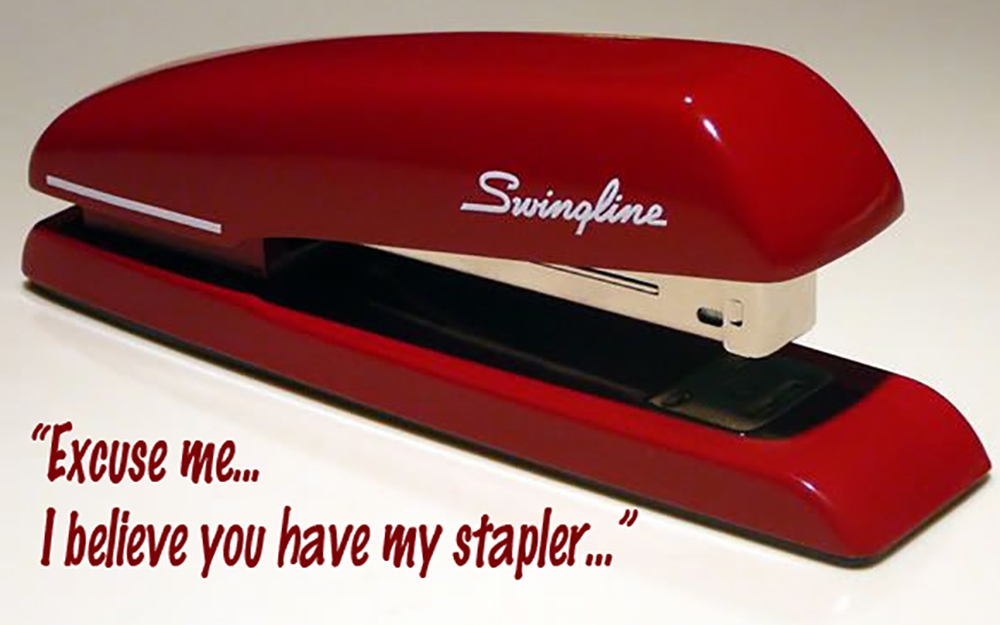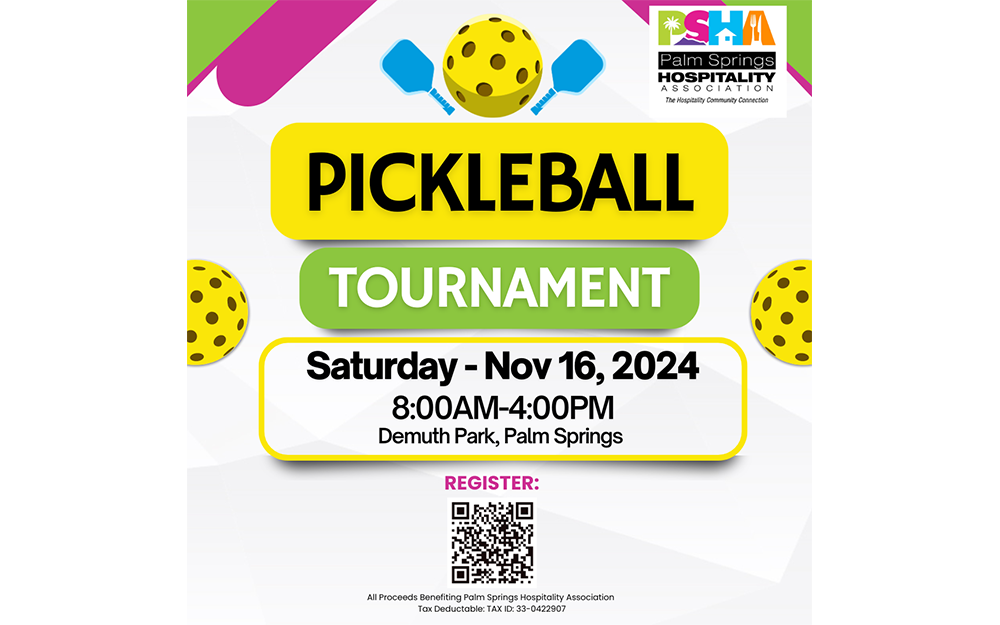
By Haddon Libby
With world events including tensions with North Korea, government sponsored cyber hacking from Russia and China, a global debt bubble and technological advances shrinking the middle class, it seems like the world is constantly at risk of falling into disarray and descending into chaos. With this as our daily backdrop, what holds everything together?
Quite often, it is nothing more than staples, tape and bit of chewing gum.
Staples
The first stapler was created by French toolmakers in the 18th century for King Louis XV. The more common version that we know today was first patented in 1866 by the Novelty Manufacturing Company. Back then, a stapler held only one staple which had to be cinched by hand at the back of the pages being bound. In 1879, the McGill Patent Single Stroke Staple Press solved the cinching problem yet still only offered one staple at a time. It took until 1895 for E.H. Hotchkiss’ No. 1 Paper Fastener to hit the market. The beauty of this fastening machine was that it used a roll of wire to quickly staple. The No. 1’s challenge was that it required a mallet to plunge the metal wire through the paper, break the wire from its roll and close the staple behind the last page. (Side note: the Japanese word for stapler is ‘hochikisu’ named after E.H. Hotchkiss.) It wasn’t until 1937 when Jack Linksy created the Swingline Speed Stapler No. 3 that stapling became as easy as we know it today.
Tape
Only 15 years earlier, auto manufacturers were struggling with a way to quickly paint the two tone cars that consumers were demanding. Serendipity struck when a twenty-three year-old engineering school drop-out named Dick Drew overheard a very upset painter who had yet another botched paint job on his hands. Hearing the expletive-laced tirade, Drew promised that painter that he and his employer, the Minnesota Mining and Manufacturing Company (3M) would solve the problem. This well-intentioned research assistant had no idea how to make the tape and 3M was primarily in the business of abrasives with no tape-based offerings.
Over the next two years, Drew worked on developing glue that was sticky but would come off when the crepe paper strip was removed. Eventually settling on a mix of cabinetmaker glue and glycerin, Drew created Scotch Brand Masking Tape in 1925.
Drew wasn’t done innovating. In 1929, he began work on a transparent cellophane tape. By using Dupont’s cellophane and 3M glues, Drew and his engineering team created Cellulose Tape, the pre-cursor to the Scotch Transparent Tape that we use today. As the Great Depression was underway, 3Ms tape was considered a necessity by most as it could mend everything from paper to clothing. Secretaries fixed broken fingernails with the tape while homemakers used it for a litany of home needs such as sealing milk bottles, removing lint from clothing and much more. Tire giant Goodyear used the tape to cover the inner ribs of their tires.
During World War II, 3M switched from rubber to acrylate adhesives as rubber shortages were rampant. The new adhesive was found to be less brittle than its predecessor and did not age to a yellow color. This innovation led to Scotch Magic Tape, the tape most of us have on our desks and in our homes.
Chewing Gum
Chewing gum as we know it came into existence about 150 years ago when former Mexican president, General Lopez de Santa Anna, brought chicle to New York City as a potential replacement for rubber. While that use did not work, it did revolutionize the chewing gum market with Adams New York Chewing Gum in 1871. It was not until the 1960s that gum makers switched to a synthetic rubber as this product lasted longer and cost less to make.
Haddon Libby is an Investment Advisor and Managing Partner at Winslow Drake Investment Management and can be reached at 760.449.6349, HLibby@WinslowDrake.com or www.WinslowDrake.com.









































